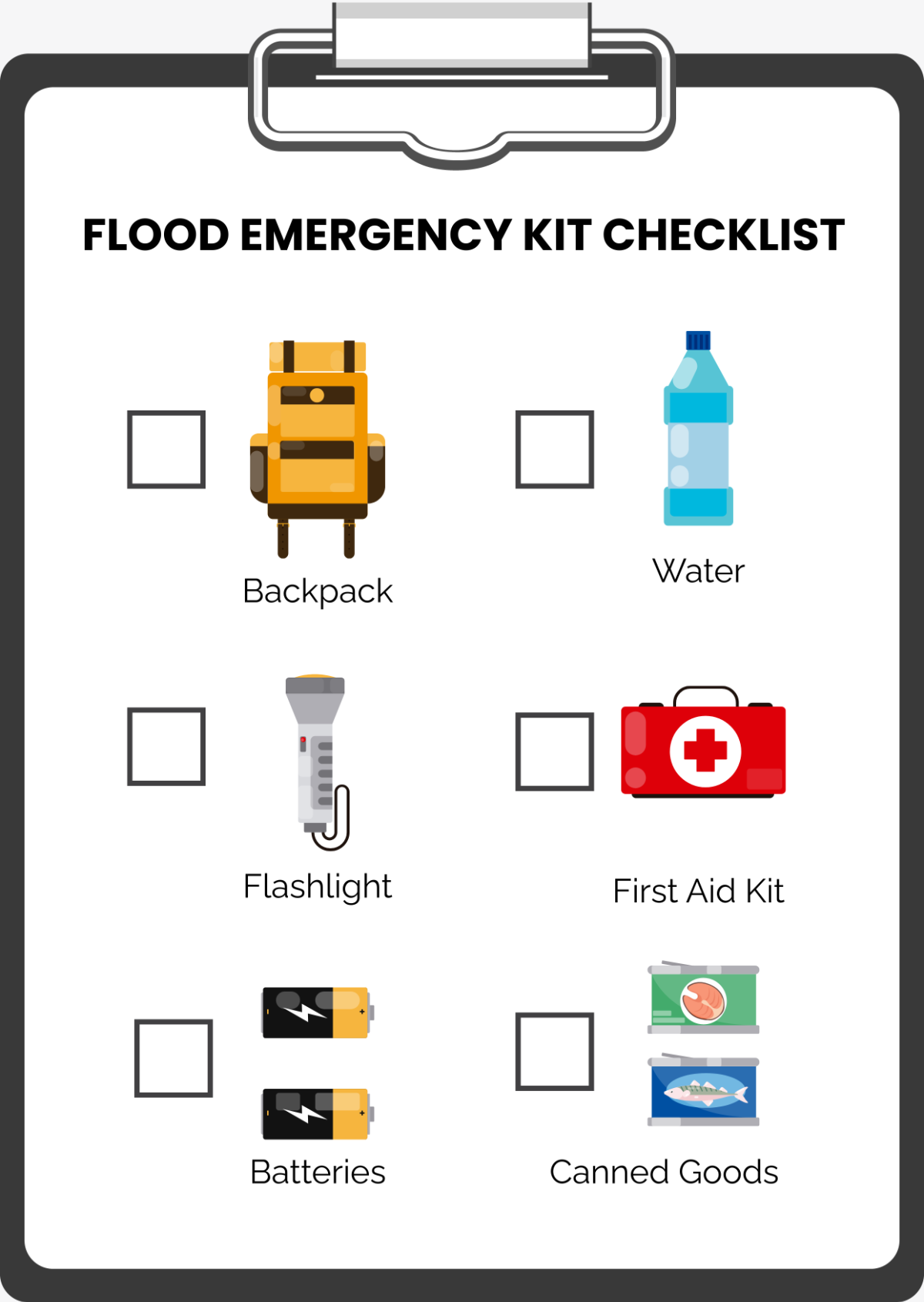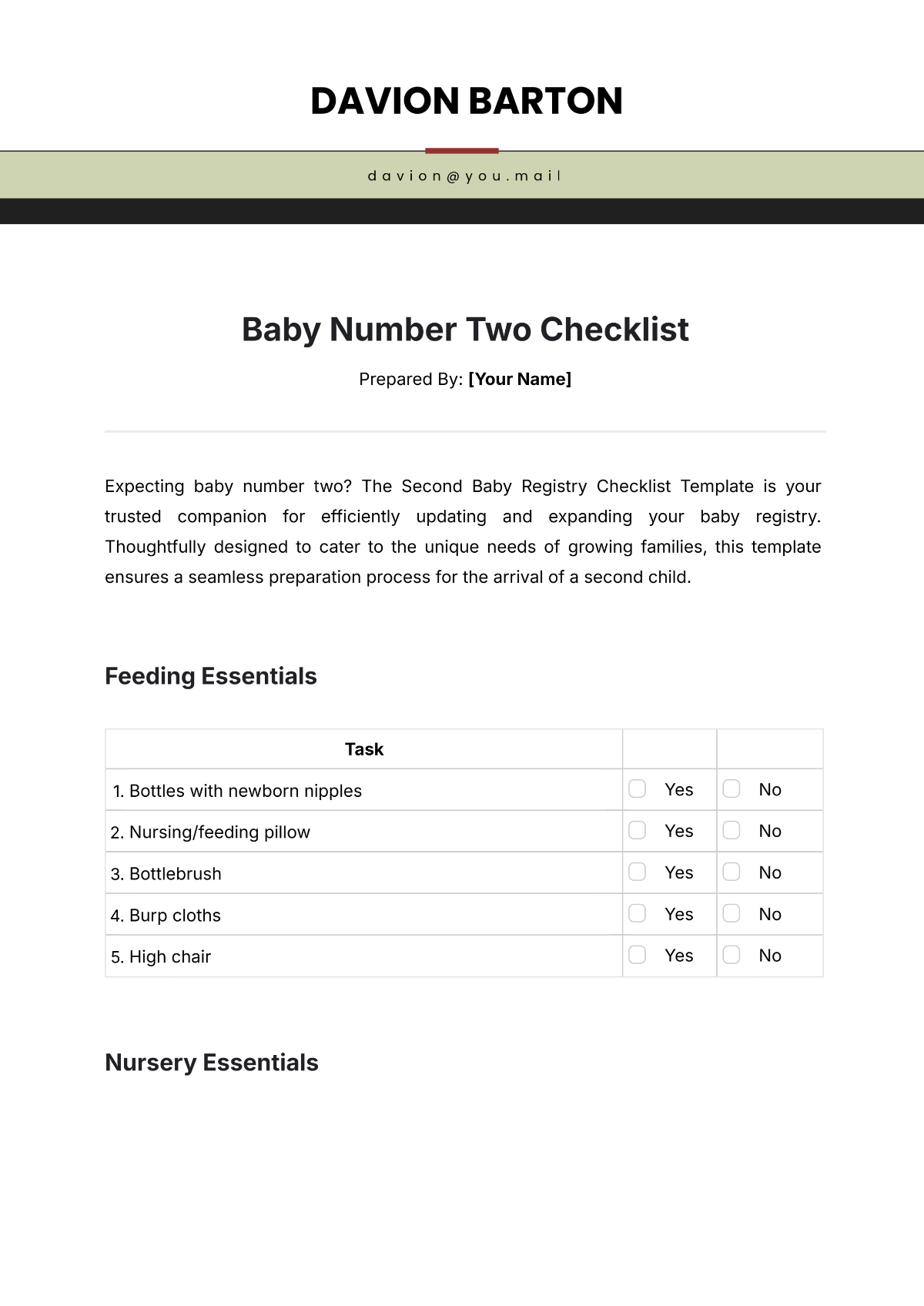Inventory Count Checklist for Accuracy and Efficiency
This checklist is designed to assist in conducting a thorough physical inventory count. By following this checklist diligently, your organization can ensure an efficient and accurate physical inventory count, leading to improved inventory management and operational effectiveness. Regular reviews and updates to this checklist will help optimize inventory control processes over time.
Company: | [Your Company Name] |
Inventory Period: | [Date] |
Performed by: | [Your Name] |
Preparation:
Items | Details |
|---|---|
Schedule: | Set a date and time for the physical inventory count, ensuring minimal disruption to regular operations. |
Communication: | Notify all relevant stakeholders about the inventory count schedule and their roles in the process. |
Equipment: | Gather necessary equipment such as barcode scanners, count sheets, pens, and any other tools required for the inventory count. |
Training: | Provide training to staff involved in the inventory count on proper counting procedures and the correct usage of equipment. |
During the Inventory Count:
Items | Details |
|---|---|
Counting Procedures: |
|
Verification: |
|
Organization: |
|
Documentation: |
|
Post-Inventory Count:
Items | Details |
|---|---|
Reconciliation: |
|
Reporting: |
|
Adjustments: |
|
Follow-Up: |
|

















































